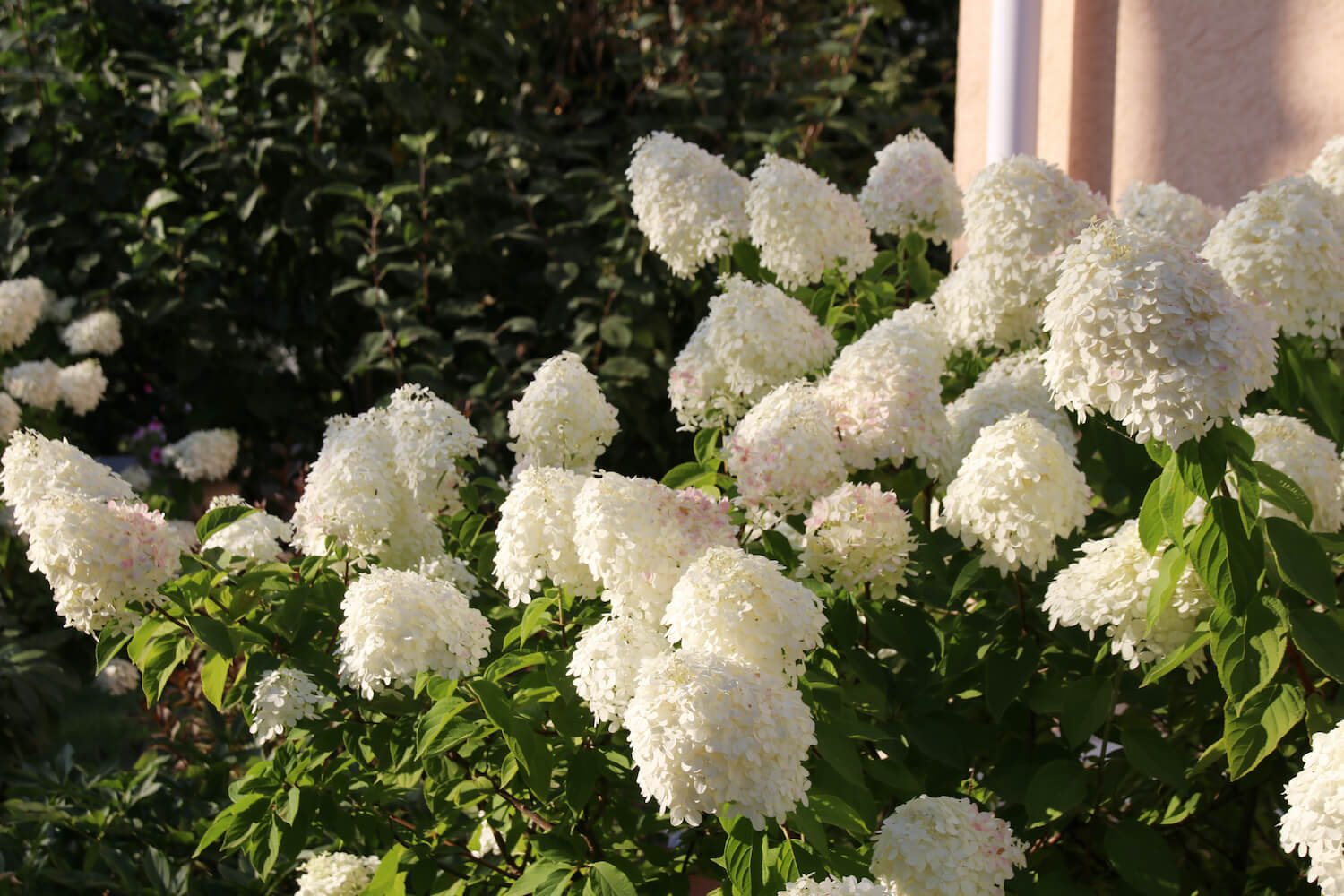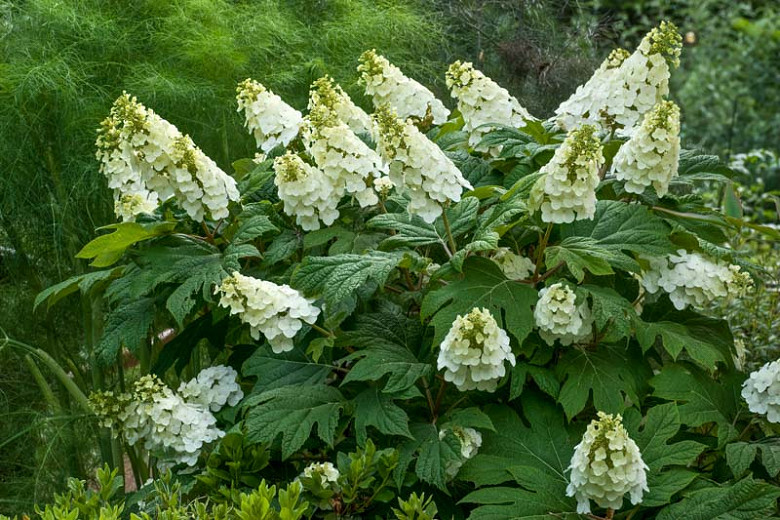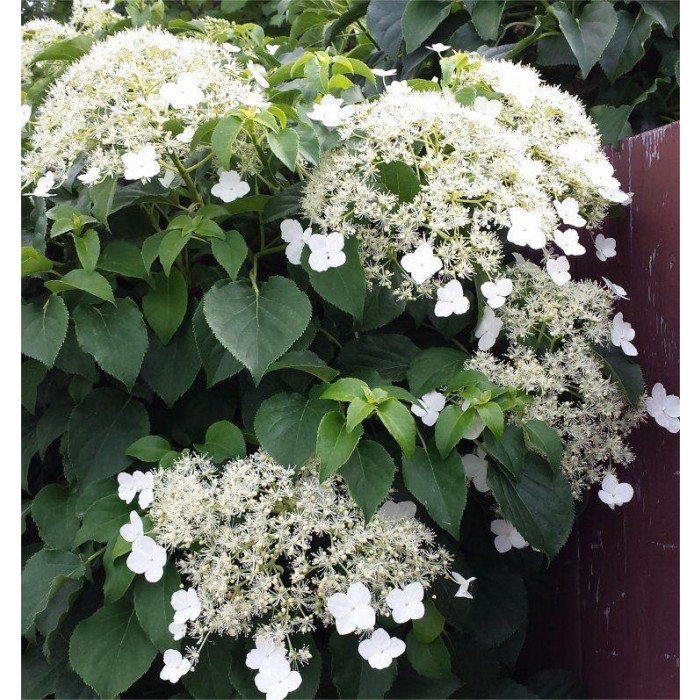Grow Your Own Hydrangeas: The Easy Way To
Grow Your Own Hydrangeas: The Easy Way to
Hydrangeas are beautiful flowering shrubs that can add a touch of elegance to any garden. They come in a variety of colors, from white to pink to blue, and they can be grown in a variety of climates. If you're looking for a low-maintenance plant that will add beauty to your yard, hydrangeas are a great option.
In this blog post, I will show you how to grow your own hydrangeas the easy way. I'll cover everything from choosing the right type of hydrangea to planting and caring for your plants. By the end of this post, you'll be well on your way to growing your own beautiful hydrangeas.
Choosing the Right Type of Hydrangea
There are many different types of hydrangeas, so it's important to choose the right type for your climate. If you live in a warm climate, you'll want to choose a type of hydrangea that is hardy in your zone. If you live in a cold climate, you'll want to choose a type of hydrangea that is cold-hardy.
Here are some of the most popular types of hydrangeas:
- Bigleaf hydrangeas (Hydrangea macrophylla) are the most common type of hydrangea. They are known for their large, colorful blooms. Bigleaf hydrangeas are hardy in zones 5-9.
- Smooth hydrangeas (Hydrangea arborescens) are another popular type of hydrangea. They are known for their smaller, white blooms. Smooth hydrangeas are hardy in zones 3-8.
- Panicle hydrangeas (Hydrangea paniculata) are known for their large, conical blooms. Panicle hydrangeas are hardy in zones 3-8.
- Mophead hydrangeas (Hydrangea macrophylla) are a type of bigleaf hydrangea that is known for its large, mop-like blooms. Mophead hydrangeas are hardy in zones 5-9.
Once you've chosen the right type of hydrangea, you're ready to start planting.
Planting Hydrangeas
Hydrangeas should be planted in full sun or partial shade. They prefer moist, well-drained soil. When planting hydrangeas, it's important to dig a hole that is twice as wide as the root ball. Backfill the hole with soil and water the plant well.
Caring for Hydrangeas
Hydrangeas are relatively easy to care for. They need regular watering, especially during the first year after planting. They also benefit from a layer of mulch around the base of the plant.
In the spring, you can fertilize your hydrangeas with a balanced fertilizer. Hydrangeas also need some acidic soil in order to produce their best colors. If your soil is alkaline, you can add sulfur or aluminum sulfate to acidify it.
Troubleshooting Hydrangea Problems
Hydrangeas are generally trouble-free plants. However, there are a few problems that you may encounter.
- Leaf scorch is a common problem that is caused by hot, dry weather. To prevent leaf scorch, water your hydrangeas regularly and mulch around the base of the plant.
- Pests such as aphids, scale, and spider mites can sometimes attack hydrangeas. If you see any pests on your plants, you can treat them with insecticidal soap or neem oil.
- Diseases such as powdery mildew and leaf spot can also sometimes attack hydrangeas. If you see any signs of disease, you can treat them with a fungicide.
Conclusion
Growing your own hydrangeas is a rewarding experience. With a little care, you can enjoy these beautiful shrubs for many years to come.
Hydrangeas are beautiful and versatile plants that can be grown in a variety of climates. They are known for their large, colorful blooms, which can be white, pink, blue, or purple. Hydrangeas are relatively easy to care for, and they can be grown in either full sun or partial shade.
If you are interested in learning more about hydrangeas, I recommend visiting . This website has a wealth of information about hydrangeas, including how to choose the right variety for your climate, how to plant and care for hydrangeas, and how to control pests and diseases.
I also recommend visiting the forum. This forum is a great place to ask questions about hydrangeas and to get advice from other hydrangea enthusiasts.
FAQ of hydrangea flower plant
1. What are hydrangeas known for?
Hydrangeas are known for their large, beautiful blooms. The flowerheads look like pom poms growing on bushes that can get as tall as trees. They come in a variety of different colors and shapes, depending on the variety. Hydrangeas are a popular choice for gardens because they are relatively easy to care for and they add a touch of beauty to any landscape.
2. What are the basics of hydrangea care?
Hydrangeas prefer part sun/part shade conditions. Ideally, they like morning sun and afternoon shade. They need well-drained soil, but they should not be planted in areas where the soil is too dry. Hydrangeas need regular watering, especially during the hot summer months. They should be fertilized in the spring with a balanced fertilizer.
3. How do I change the color of my hydrangeas?
The color of hydrangeas is affected by the acidity of the soil. In acidic soil, hydrangeas will bloom blue. In alkaline soil, they will bloom pink or red. You can change the color of your hydrangeas by adjusting the acidity of the soil. To make the soil more acidic, you can add peat moss or sulfur to the soil. To make the soil more alkaline, you can add lime to the soil.
4. What are some common hydrangea pests and diseases?
Some common hydrangea pests include aphids, scale insects, and spider mites. These pests can be controlled with insecticidal soap or neem oil. Some common hydrangea diseases include leaf spot, powdery mildew, and root rot. These diseases can be prevented by planting hydrangeas in well-drained soil and by watering them regularly.
5. How do I propagate hydrangeas?
Hydrangeas can be propagated by division, cuttings, or layering. Division is the most common method of propagation. To divide a hydrangea, you will need to dig up the plant and carefully separate the roots. You can then replant the divisions in a new location. Cuttings can also be used to propagate hydrangeas. To take a cutting, you will need to cut a piece of stem that is about 6 inches long. The cutting should have at least 3 leaves. You can then plant the cutting in a pot of well-drained soil. Layering is another method of propagating hydrangeas. To layer a hydrangea, you will need to bend a branch down to the ground and cover it with soil. The branch will eventually root and you can then cut it from the mother plant.





Post a Comment for "Grow Your Own Hydrangeas: The Easy Way To"